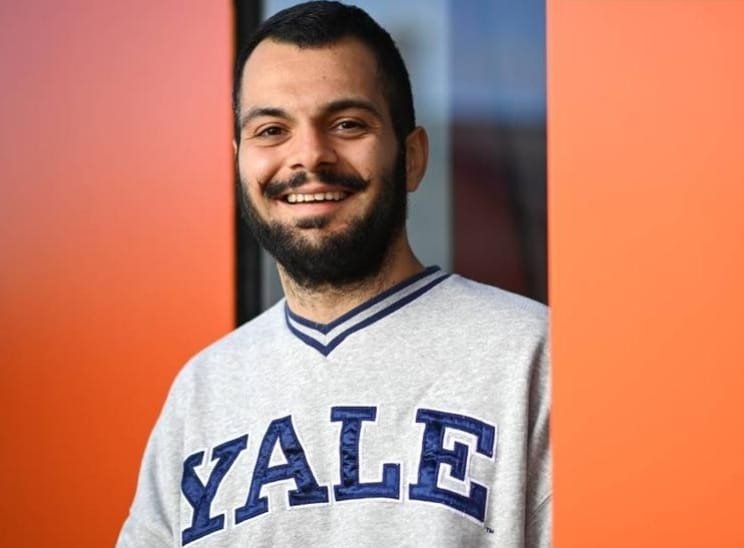In previous weeks, headlines about ISIS attacks around the world have triggered memories of living in Baghdad during the ISIS takeover of parts of Iraq in 2014 and its barbarous consequences: the extermination and ethnic cleansing of the region’s indigenous populations.
A lot was written about the situation in the Nineveh plains and surrounding areas consisting of the Nineveh governorate, the second most populous governorate after Baghdad. But what was life like in the capital city, Baghdad?
My high school was based in Zayouna, a Sunni-dominated area east of Baghdad. In Zayouna, you could spot the ideologues and supporters of ISIS. They felt that their religious sect was left behind in post-2003 Iraq, following the U.S. invasion. They experienced nostalgia for Saddam’s era, but none of them had grown up during his period.
Most of these ISIS admirers were active on social media platforms through fake accounts. Their content was based on fake news, false propaganda, videos and posters with preaching by religious fundamentalist clerics. They spread hate speech and calls for a “crusade” against minorities.
At school, even some teachers, who shared the views of fundamentalist students, glorified the actions of ISIS. They called atrocities against the Yazidis and Assyrians Western propaganda and a fabrication. One of the teachers even referred to me as a najis – ritually unclean. A call for conversion and pressure to change the religion to “go to heaven” followed.
Not all students supported ISIS actions or shared their ideology. Some opposed ISIS’s medieval, outdated way of life. They were concerned about what was happening to Assyrians and Yazidis in the northern parts of the country. This was a period when even refusing to like or share an extremist post on social media was considered an act of resistance. There were students who did that and more.
Born in the cradle of civilization while preaching incivility; growing up in a climate of diversity while enforcing exclusion; operating in the center of learning while full of ignorance – this is how one can describe the ISIS vision for Baghdad.
During this chaotic and violent period, ISIS cells were created in Baghdad. Born in the cradle of civilization while preaching incivility; growing up in a climate of diversity while enforcing exclusion; operating in the center of learning while full of ignorance – this is how one can describe the ISIS vision for Baghdad.
The blood spilled in 2010 at the Syriac-Catholic “Sayyidat Al-Najat” church (“Our Lady of Salvation” in Arabic), located in Baghdad’s upper-middle class Al-Karrada district, which was back then one of the most ethnically and religiously diverse areas in Baghdad, was still fresh in Iraqi Christians’ memories.
Seeing the ISIS takeover from a Baghdadi gaze has its particularities. Baghdad, besides being the capital city of Iraq, was also a diverse urban environment. (It’s gradually losing its diverse character.) Every ethnic and religious group present in Iraq has a community in the capital city – from Yazidis living in the Sinjar district of Nineveh in the north to Mandaeans of the Maysan governorate in the south. Baghdad was a melting pot.

Day by day, the situation in the capital worsened. Street fighting between militias, assassinations, forced deportations and death threats became a part of everyday life, especially for minorities.
Under these circumstances, our family—my mother, father, aunt, sister and me—left Iraq in 2014 and lived for nine years as refugees in Lebanon until finally arriving in Australia this year via a humanitarian resettlement program.
We felt we did not belong in Iraq. It no longer was the site of progress called home by those who lived on this land for thousands of years. The darkness of extremism and fundamentalism had taken over. The Mesopotamia of the ancient code of laws, functioning public institutions, and rule of law was turned into a region of anarchy, political instability and public insecurity.



Greetings Natan, Very interesting story. You must have the whole story in book form!?
Dear Natan while armenia population shrinking why you&family prefer to settle in australia instead our lovely Hayrenik Armenia ?